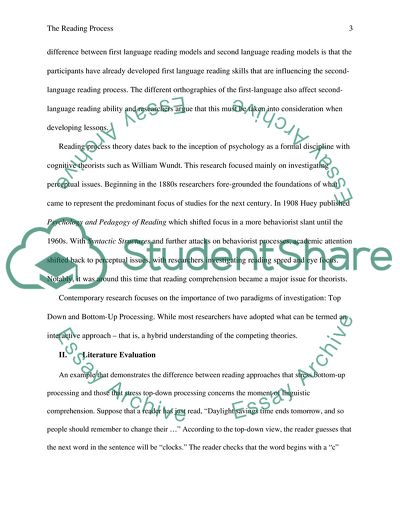Cite this document
(The Psycholinguistic Nature of the Reading Process Literature review, n.d.)
The Psycholinguistic Nature of the Reading Process Literature review. Retrieved from https://studentshare.org/education/1728386-outline-contemporary-approaches-and-explore-what-implications-psycholinguistics
The Psycholinguistic Nature of the Reading Process Literature review. Retrieved from https://studentshare.org/education/1728386-outline-contemporary-approaches-and-explore-what-implications-psycholinguistics
(The Psycholinguistic Nature of the Reading Process Literature Review)
The Psycholinguistic Nature of the Reading Process Literature Review. https://studentshare.org/education/1728386-outline-contemporary-approaches-and-explore-what-implications-psycholinguistics.
The Psycholinguistic Nature of the Reading Process Literature Review. https://studentshare.org/education/1728386-outline-contemporary-approaches-and-explore-what-implications-psycholinguistics.
“The Psycholinguistic Nature of the Reading Process Literature Review”. https://studentshare.org/education/1728386-outline-contemporary-approaches-and-explore-what-implications-psycholinguistics.


